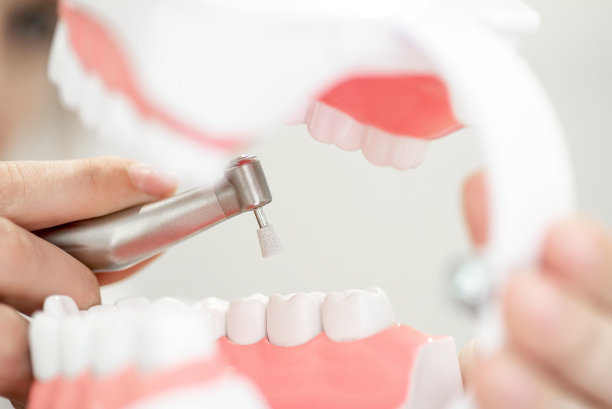Essential Precautions to Take Before and After Dental Filling for Optimal Oral Health and Recovery
Summary: Dental fillings are essential procedures for restoring decayed or damaged teeth, but proper precautions before and after the treatment can significantly impact recovery and overall oral health. This article outlines key considerations to ensure an optimal dental filling experience. We will explore pre-appointment preparations to mitigate anxiety, dietary adjustments post-treatment for healing, effective oral hygiene practices to maintain filling integrity, and signs to monitor for complications. By adhering to these guidelines, patients can foster a smooth recovery process and preserve their dental health long-term.
1. Strategies for Anxiety Reduction Pre-filling

Many people experience anxiety before dental procedures, including fillings. One effective strategy to alleviate this is through open communication with your dentist. Discussing concerns about the procedure, pain management, and the overall process can significantly ease fear. Knowledge often dispels myths, leading to a calmer mindset.
Furthermore, consider employing relaxation techniques such as deep breathing exercises or visualization before your appointment. These mindfulness strategies can reduce stress levels and create a more peaceful mindset, enabling you to better cope with the dental filling procedure.
Additionally, it’s advisable to bring a friend or family member for support. Their presence can provide comfort, helping to distract you during the visit, thereby making the experience less daunting.
2. Important Dietary Adjustments Post-filling
Following a dental filling, dietary choices play a crucial role in recovery. It is imperative to avoid extremely hot or cold foods and beverages for at least 24 hours. These extreme temperatures can exacerbate sensitivity while the filling settles, potentially causing discomfort.
Stick to soft foods for the immediate recovery period. Foods like yogurt, mashed potatoes, and smoothies are gentle on the teeth and will not put undue pressure on the recently filled area. Avoid hard or sticky items like nuts or caramel that can dislodge or damage a new filling.
Moreover, it’s advisable to stay hydrated while avoiding sugary beverages. Drinking ample water supports overall oral health and helps rinse away food particles that could accumulate near the filling.
3. Effective Oral Hygiene Practices for Fillings
Maintaining proper oral hygiene after receiving a dental filling is crucial for its longevity and the health of surrounding tissues. Begin with gentle brushing; use a soft-bristled toothbrush to avoid irritation around the filled area. Brush at least twice a day, prioritizing the filled surface but being cautious not to apply excessive pressure.
Flossing is equally important, as this helps remove plaque and food particles that a toothbrush may not reach. Be gentle when flossing around the filling to avoid damaging it. Consider using waxed dental floss, which is less likely to catch on any rough spots.
It’s also beneficial to incorporate an antibacterial mouthwash into your hygiene routine. This can help reduce bacterial buildup, protecting both the filling and your overall gums from infection.
4. Monitoring for Complications After Treatment
After a dental filling, vigilance in monitoring for signs of complications is essential for ensuring a smooth recovery. Look out for prolonged pain or discomfort; if pain escalates instead of subsiding within a few days, it may indicate an issue with the filling or the underlying tooth.
Additionally, keep an eye out for any sensitivity that lasts beyond the typical healing period. If your filled tooth becomes increasingly sensitive to hot or cold stimuli, it’s crucial to contact your dentist as this might signal a complication.
Lastly, if you notice any visible signs of the filling coming loose or experiencing discoloration, arrange a follow-up appointment promptly. Addressing these issues early can prevent larger problems down the road, ultimately keeping your oral health in check.
Summary:
In summary, maintaining optimal oral health and recovery following a dental filling requires thorough preparation before and attentive care afterward. By reducing anxiety pre-procedure, making mindful dietary choices, adhering to effective oral hygiene practices, and monitoring for complications, patients can significantly enhance their recovery experience.
This article is compiled by Vickong Dental and the content is for reference only.



